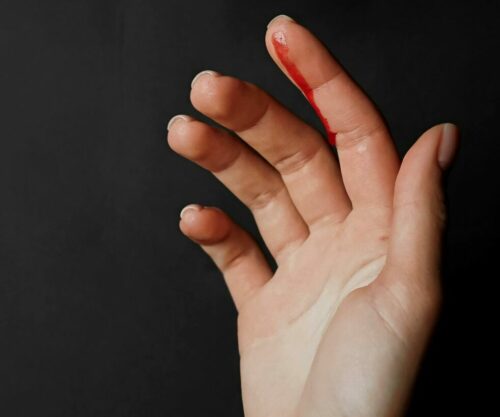
Life gets busy with social activities, deadlines and responsibilities in and outside work which causes stress levels to rise. During this time we forget to take a moment to breathe, it is as simple as allowing our lungs to do their job.
According to the Mayo Clinic, “Breathing exercises offer an extremely simple, effective, and convenient way to relieve stress and reverse your stress response, reducing the negative effects of chronic stress.”
The below publications provide a few breathing exercises to try out for stress relief:
Modified Lions breath
WebMD provides one with a more modified version of the lion’s breath exercise:
- Take a comfortable seat in a chair or on the floor.
- Inhale using your nostrils. Inflate your stomach to the brim with air.
- As soon as you are out of breath, let your mouth open as wide as possible. Let out a “HA” sound as you exhale.
- Repeat this many times.
Progressive muscle relaxation
The above health source also advises the below type of breathing exercise:
- Lie comfortably on the floor
- To relax, inhale deeply a few times.
- Inhale deeply. Your foot muscles should be tense.
- Exhale. Let go of the stress in your feet.
- Inhale deeply. Get your calf muscles tight.
- Exhale. Let go of the tightness in your calves.
- Move up your body in stages. Make every muscle group tense, including your arms, shoulders, neck, face, fingers, abdomen, and chest.
Humming bee breath
The health-focused publication Healthline suggests the following:
- Choose a comfortable seated position.
- Close your eyes and relax your face.
- Place your first fingers on the tragus cartilage that partially covers your ear canal.
- Inhale and gently press your fingers into the cartilage as you exhale.
- Keeping your mouth closed, make a loud humming sound.
- Continue for as long as it is comfortable.
Diaphragmatic breathing
The health hub also advises one to try diaphragmatic breathing, also known as belly breathing:
- Head resting on a pillow, position yourself on your back with your knees slightly bent.
- For support, you might tuck a cushion beneath your knees.
- Feel the movement of your diaphragm by placing one hand above your upper chest and one below your rib cage.
- Feel your stomach squeezing against your hand as you take a slow, deep breath through your nose.
- Try to keep the other hand as still as you can.
- Keeping your upper hand still, tense your abdominal muscles and exhale through pursed lips
Deep Breathing
You might be familiar with this type of breathing suggested by the above-mentioned publication:
- Raise your elbows slightly to your sides when sitting or standing to make room in your chest.
- Breathe deeply through your nose.
- Hold your breath for five counts.
- Exhale slowly through your nose to release your breath.
Also see: The benefits of stretching everyday




